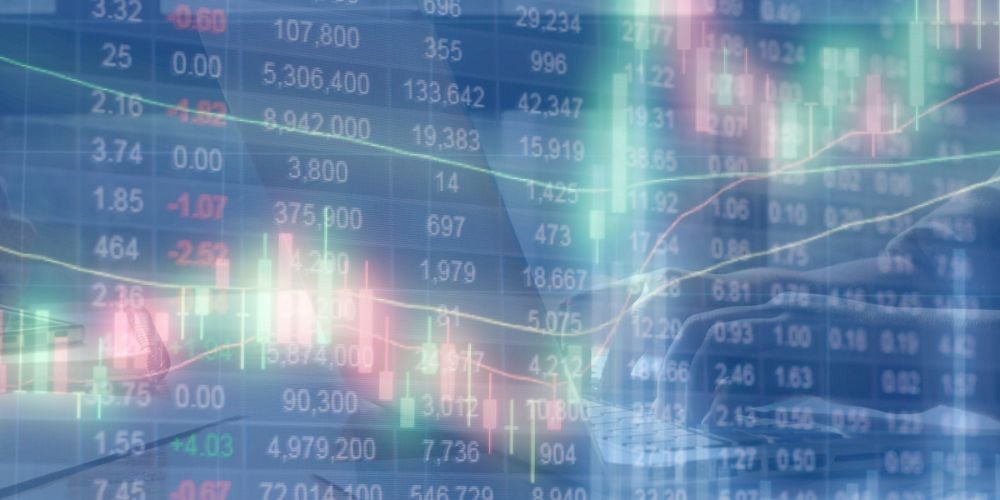The world of finance and investment brims with models and theories, each poised to explain or predict a segment of the market’s behavior. Among these concepts, the Security Market Line (SML) stands out as a fundamental aspect of the Capital Asset Pricing Model (CAPM).
Understanding what is security market line not only demystifies a crucial part of investment theory but equips investors with a tool to gauge market dynamics.
Introduction to Security Market Line
At its core, SML represents a graphical representation of the CAPM. It showcases the relationship between the risk, or beta, of a security and its expected return.
The idea of SML sprang from the efforts to make sense of how risk influences return. This relationship is pivotal in making informed investment decisions.

What is Security Market Line?
The SML graph hinges on three essential components. The first is the risk-free rate, which is the return investors expect from an entirely risk-free investment. Typically, government bonds occupy this role.
The second component, the market risk premium, reflects the additional return investors expect from the market as a whole above the risk-free rate.
Lastly, beta measures a security’s risk compared to the market. A beta of one means the security’s price moves with the market. Higher or lower values indicate greater or lesser volatility than the market.
SML and CAPM: A Relationship Explored
The SML is derived directly from the principles of CAPM, which seeks to evaluate investments in a risk-return framework.
CAPM posits that the expected return on an investment equals the risk-free rate plus the security’s beta multiplied by the market risk premium. This equation is vital for investors seeking to understand the valuation of different securities.
Interpreting the Security Market Line Graph
Learning to read an SML graph is foundational for investors. The y-axis represents the expected return, and the x-axis displays the beta (risk). Securities plotted above the line are considered undervalued, offering higher returns for their risk level. Conversely, securities below the line are seen as overvalued.
Using real-life examples, such as comparing company stocks, can illuminate how these principles apply in practical investment scenarios.
The Practical Uses of SML in Investment Strategies
Applying SML principles allows investors to make better risk-adjusted investment choices. By assessing where a security lies in relation to the SML, investors can decide whether a security fits their risk tolerance and return expectations.
This analysis is especially useful in constructing diversified portfolios that aim to optimize returns while managing risk.
The SML Today: Relevance in Modern Markets
While the SML remains a cornerstone of investment theory, it’s not without its critics. Some argue that the model’s assumptions about market behavior and risk are too simplified.
However, despite these criticisms, the SML continues to be a valuable tool for understanding market dynamics and guiding investment decisions. Its ability to adapt and provide insights into modern financial markets secures its place in contemporary investment strategies.
Pro Tips for Investors
Embracing the SML concepts can significantly enrich an investor’s toolkit. When considering new investments, evaluate their position relative to the SML to understand their risk-return profile better.
Continuous learning and adapting strategies based on sound financial principles like those embedded in SML can pave the way for greater investment success.

Frequently Asked Questions
How does SML differ from the Capital Market Line (CML)?
While both relate to CAPM, the SML focuses on individual assets’ risk versus return, whereas the CML deals with the risk-return profiles of efficient portfolios.
What does it mean when a security is above or below the SML?
Securities above the SML are considered undervalued, suggesting they offer higher returns for their inherent risk. Securities below the SML are viewed as overvalued, indicating a lower return for the risk taken.
How does the slope of the SML influence investment decisions?
The slope of the SML represents the market risk premium. A steeper slope implies a higher premium for taking on additional risk, potentially influencing investors to seek riskier assets for greater returns.
Conclusion
Grasping the Security Market Line concept is a stepping stone to mastering the broader landscape of investment models.
It sheds light on the intricate dance between risk and return, guiding investors in crafting strategies that match their risk tolerance with performance expectations.
While the SML, like any model, has its limitations, its enduring relevance speaks to its foundational role in financial analysis and strategy.


 Tags:
Tags:










